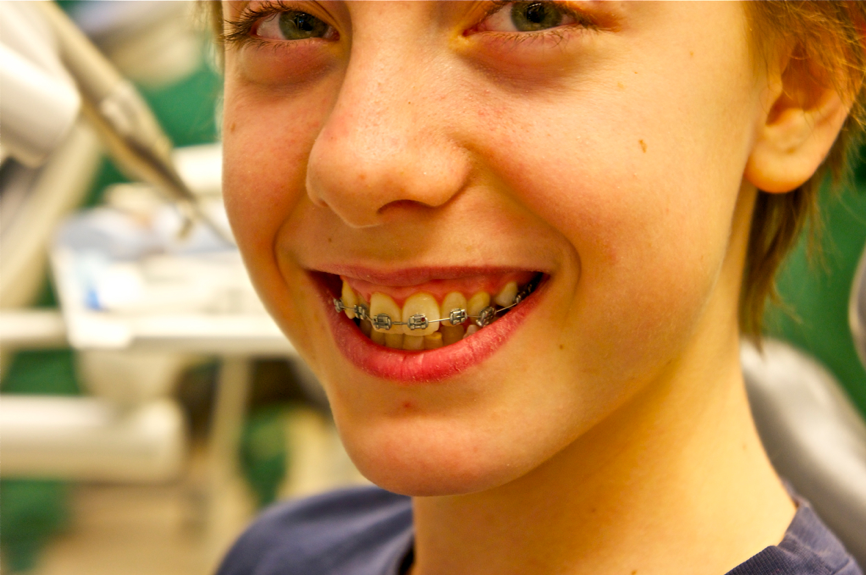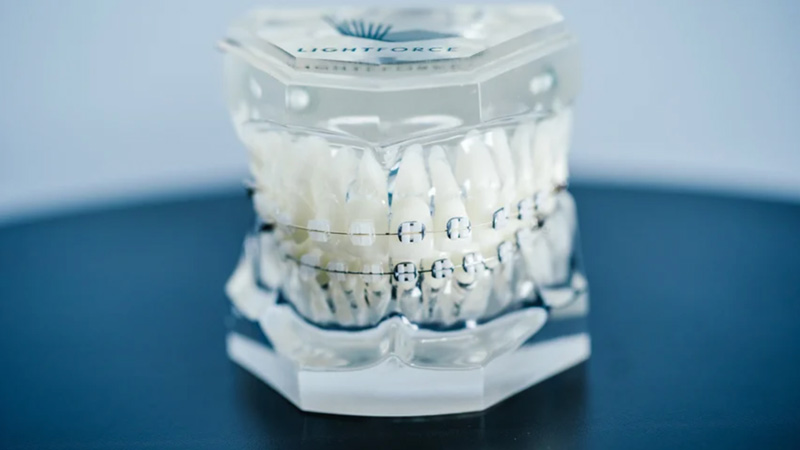How Cumming Orthodontics Addresses Common Braces and Invisalign Worries
How Cumming Orthodontics Addresses Common Braces and Invisalign Worries
Blog Article
Comprehensive Guide to Orthodontics Treatments for Remedying Oral Misalignments
In the world of orthodontics, the journey to accomplishing a flawlessly aligned smile includes a myriad of procedures customized to deal with oral misalignments. From typical braces to unseen aligners and even medical choices, the field of orthodontics uses a variety of solutions to resolve differing degrees of oral irregularities. Comprehending the complexities of each procedure, including their mechanisms, benefits, and possible downsides, is vital in making informed decisions concerning one's orthodontic therapy. As we browse through the detailed overview to orthodontic procedures for fixing oral misalignments, the intricate details of each method will certainly unfold, clarifying the course toward a practical and unified dental placement.
Orthodontic Procedures Overview

Regular adjustments and tracking are important parts of orthodontic treatment to make sure progression is on track and to make any necessary alterations along the means. By undergoing orthodontic treatments, people can not just achieve a straighter smile however also boost their total oral wellness and function.
Conventional Dental Braces: How They Work
When thinking about orthodontic therapies for oral imbalances, typical braces stand out as a reliable approach for fixing teeth positioning. Typical braces consist of braces, cords, and bands that function with each other to apply continuous pressure on the teeth, gradually relocating them into the preferred positioning.
As stress is applied to the teeth with the dental braces, the bone bordering the teeth is improved to sustain the new tooth positions. Individuals will certainly need routine changes at the orthodontist's workplace to ensure the dental braces proceed to use the right pressure for efficient teeth activity.
Unnoticeable Aligners: Cons and pros
Unnoticeable aligners supply a practical and discreet option to standard dental braces for dealing with oral imbalances. These clear, custom-made trays are essentially unnoticeable when worn, making them an enticing option for people seeking an extra visually pleasing orthodontic therapy. Among the key benefits of unnoticeable aligners is their removability, permitting for easier maintenance of oral health contrasted to conventional dental braces. Individuals can remove the aligners before consuming or brushing their teeth, lowering the threat of food obtaining stuck in the appliance and streamlining the cleansing procedure.

Surgical Orthodontic Options
Surgical interventions in orthodontics existing practical options for resolving intricate oral imbalances that may not be efficiently settled through conventional orthodontic therapies. While invisible aligners and standard dental braces can deal with several orthodontic problems, certain instances need surgical intervention to accomplish optimal results. Surgical orthodontic options are usually recommended for extreme malocclusions, considerable jaw inconsistencies, and instances where the underlying bone structure needs alteration to accomplish appropriate positioning.
One usual medical orthodontic treatment is orthognathic surgery, which entails rearranging the jaws to deal with functional issues such as difficulty chewing or talking. This surgery is frequently executed in collaboration with an orthodontist who aids align the teeth prior to and after the treatment. Surgical orthodontics might additionally entail procedures to reveal affected teeth, get rid of excess periodontal cells, or improve the jawbone to create a much more harmonious face profile.
Prior to thinking about surgical orthodontic alternatives, clients undergo a comprehensive evaluation to figure out the need and potential benefits of such treatments. aligners. While surgery might appear daunting, it can considerably enhance both the function and looks of the address smile in cases where standard orthodontic therapies drop short
Retainers and Post-Treatment Care

Failing to conform with post-treatment treatment directions can result in relapse, where the teeth gradually move back towards their original positions. Consistent retainer wear, excellent oral hygiene, and regular oral exams are essential for maintaining the results attained discover this info here through orthodontic surgery and making certain the long-lasting security of the remedied dental placement.
Final Thought
In conclusion, orthodontic procedures supply different alternatives for remedying oral misalignments. Surgical orthodontic choices are available for much more serious imbalances. On the whole, orthodontic procedures can successfully enhance oral health and wellness and visual look.
As we navigate through the detailed overview to orthodontic treatments for correcting oral misalignments, the intricate information of each method will unfold, losing light on the path towards a unified and practical oral positioning. - orthodontics
One of the most common orthodontic treatments is the usage of braces, which consist of steel brackets and cords that apply gentle stress to slowly shift teeth right into the wanted setting.When thinking about orthodontic treatments for oral imbalances, typical dental braces stand out as a tried and true technique for remedying teeth placing. In addition, invisible aligners may not be ideal for complex orthodontic problems that call for more considerable teeth movement, as they are typically advised for light to moderate cases. Retainers are tailor-made orthodontic tools made to hold look at more info teeth in their remedied settings after the completion of orthodontic treatment.
Report this page